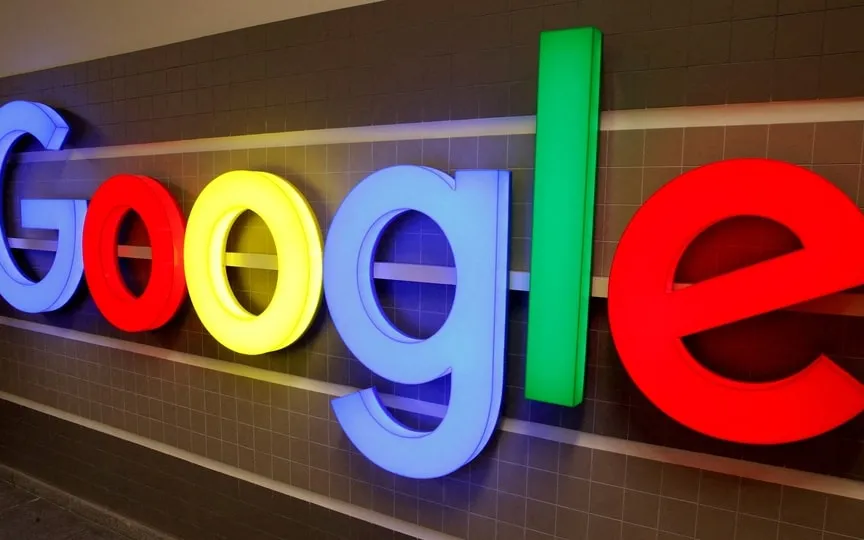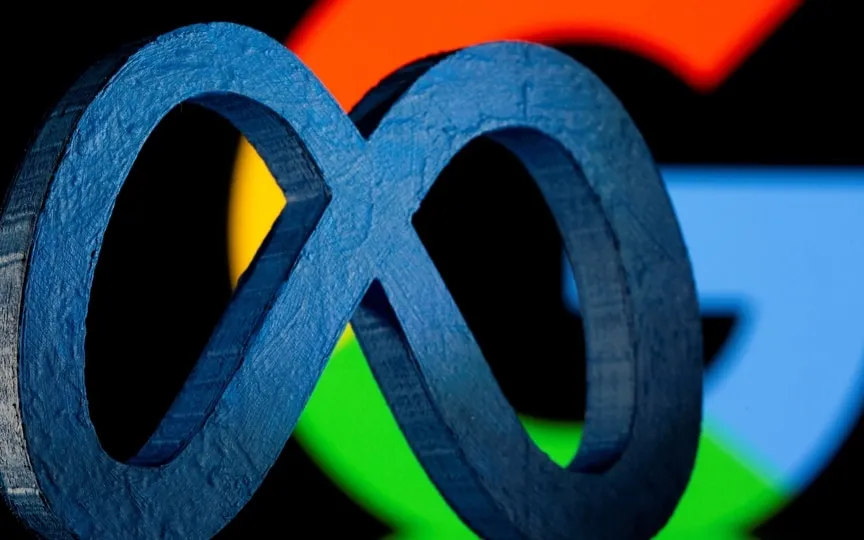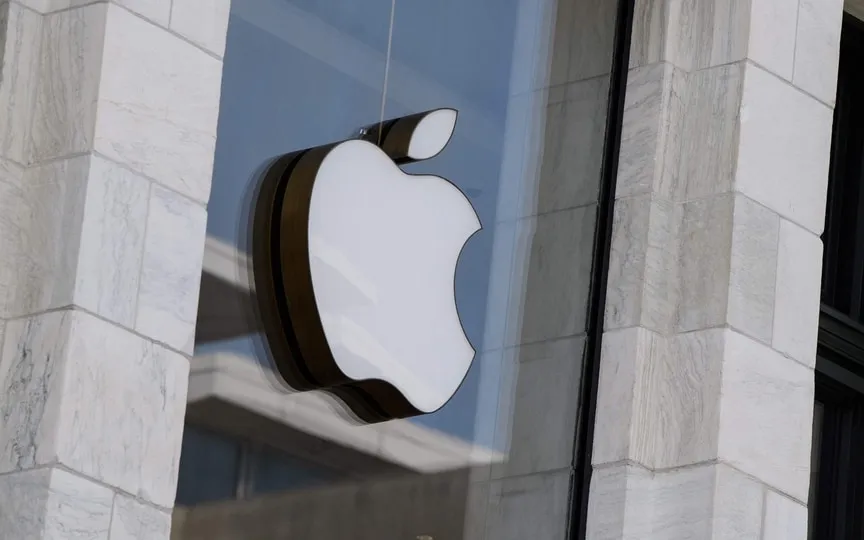Google Balances AI Use in Antitrust Case
During the significant federal antitrust trial, Google executives minimized the company’s artificial intelligence stance, emphasizing that Alphabet Inc. has deliberately adopted a slow and cautious approach due to the potentially harmful capabilities of the technology.
The Justice Department has a different theory: Google was way ahead in generative AI and chose not to release the technology sooner for fear of losing its search monopoly. The fact that Google was able to introduce its AI tools so quickly when Microsoft Corp. entered the competition shows that the company stifled innovation, the DOJ claims.
To win a lawsuit, the DOJ must show harm to consumers — and one way the government can do that is to prove that Google knowingly delayed technological development. Similar arguments worked to break up AT&T in the 1980s.
In recent days in Washington, the Justice Department has tried, through witness testimony and documents, to show that Google has long had the talent and technical capacity to advance generative AI search — technology that tries to answer queries based on simple user prompts. .
Google claims that its delay was the right thing to do – not to preserve its monopoly, but to take care of societal harms.
“We didn’t think it was quite responsible yet to put this technology in front of users because of concerns about authenticity and toxicity,” Prabhakar Raghavan, Google’s executive vice president and the company’s search boss, testified in court last week. “We kept it under wraps, but gradually developed it.”
Raghavan’s rhetoric is at odds with Google’s public statements about its prowess and control of AI in virtually every other setting — in the company’s earnings reports, product announcements and calls with the company’s investors.
Google wants to “look ahead to the possibilities that AI brings, which we are so excited and confident about,” Alphabet CEO Sundar Pichai said when the company reported its third-quarter earnings last week.
The DoJ argued that as soon as Microsoft’s much-publicized deal with OpenAI Inc. and its efforts to tightly integrate ChatGPT with its Bing search engine became public, Google’s hesitation was replaced by an internal “code red” mandate to infuse generative AI into everything it does. the most important products.
Competition watchdogs allege that Google illegally dominates web search by paying billions annually — $26 billion in 2021 — to be the default option on web browsers and smartphones. Those agreements prevented rivals like Microsoft and DuckDuckGo from getting enough data to compete effectively, as Google gets 16 times more data than its next closest competitor, the Justice Department said.
Google formally launched its defense last week after a six-week trial in which the Justice Department and state prosecutors presented evidence. A central point of contention in the case has been the search engine’s “scale,” a term that refers to the amount of data it collects from websites and users. The Justice Department and rival executives have argued that the search engine needs scale to compete effectively against Google.
Yet Google claims its search engine is better not because of a data advantage, but because it has made more meaningful investments in people and technology. Today, user input is less important to search engines, the company says, because of newer technologies like machine learning and large language models that build on existing data.
Google also said it hasn’t curbed all AI in search. For years, Google refused to use artificial intelligence in its search engine, believing that humans should build and understand its ranking systems, Pandu Nayak, Google’s director of search quality, testified this month. But that changed in 2015 when Google decided to introduce new machine learning techniques, he said.
Since then, the company has integrated several of these algorithms into its search engine to help it better understand the context of user queries. These algorithms rely much less on user data, sometimes not even needing search data at all, Nayak said. And Google closely monitors how they are used in search.
“We are not giving up the investment as a whole for these big models,” Nayak said. “It’s risky for Google — or anyone else — to move everything to a system like these deep learning systems.”
The benefits of Google’s search product are clearly visible in the results, executives said. The search engine can now detect when a user is suicidal and recommend helpful phones, Nayak said.
Or make a search query “vacuum cleaner for a small apartment with pets”.
To figure out whether a user wants information about an apartment, a vacuum cleaner or a pet, a machine learning algorithm is needed that can parse the context, said Raghavan, Google’s vice president and Nayak’s boss.
While executives talked about AI updates to search, they were careful to dismiss the idea that big language models like Microsoft-backed OpenAI’s ChatGPT are the future. The argument is different in the case of others, such as Microsoft CEO Satya Nadella, who said earlier this month that Google’s dominance in search gives it a leg up in the AI race.
Microsoft integrated ChatGPT’s cousin into its flagship search engine, Bing, in February. Google released its conversational AI product Bard publicly in March. Currently, Google offers only a limited version of its generative AI-powered search product — called Search Generative Experience — in the United States, India and Japan, Raghavan said, and a disclaimer warns of the product’s limitations. Users must also agree to use the tool at all.
So far, about 7 million US users have tried the creative experience of Google search, Raghavan testified.
Raghavan criticized the hype around generative AI, saying that “more often it’s believed that these big language models can solve any problem”.
“I think people have come to expect these things to do magic,” he testified, though “the magic isn’t quite there yet.” Incorporating machine learning into existing technology like Google’s is a “journey” rather than “something that happened overnight,” he added.




